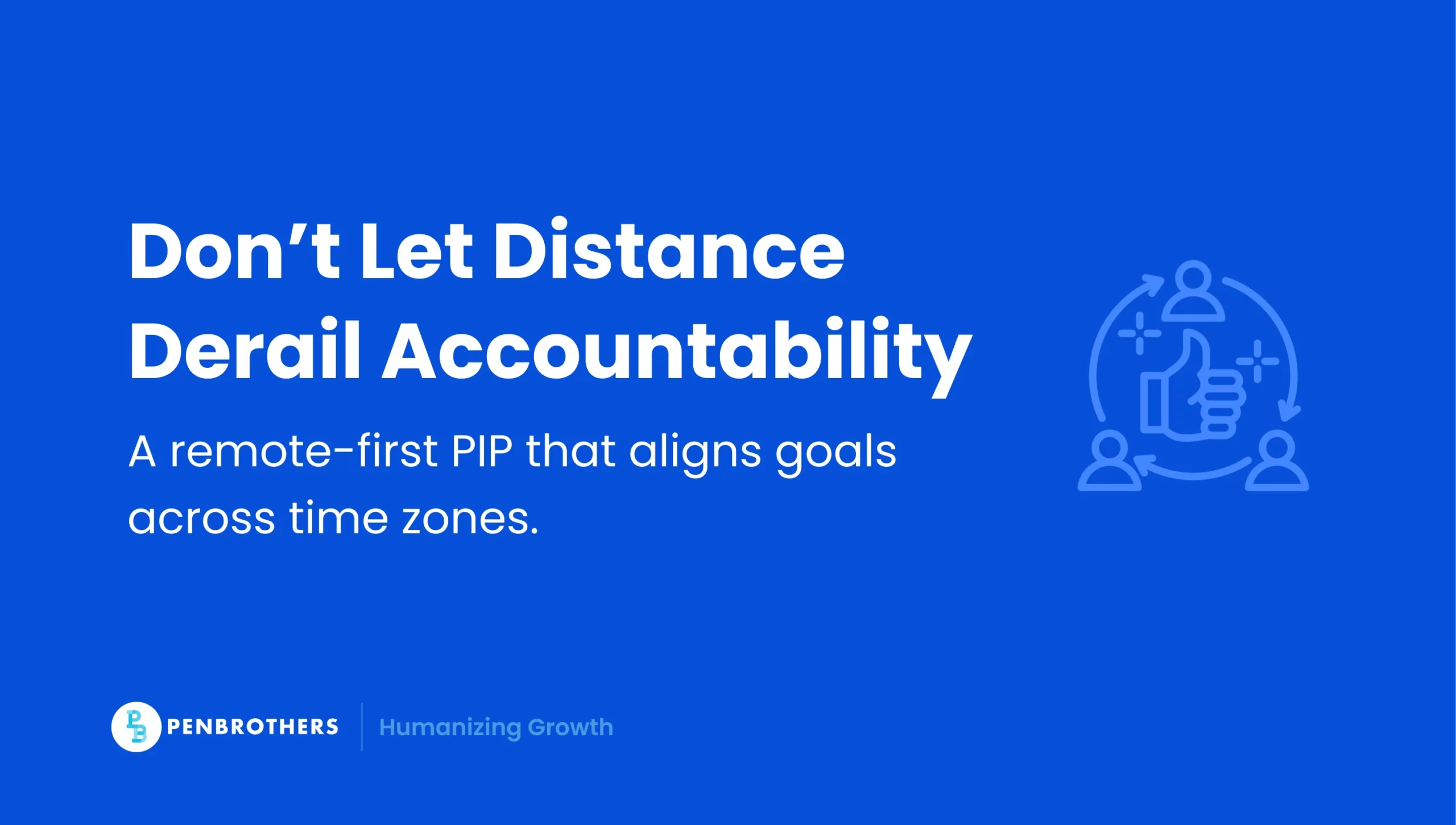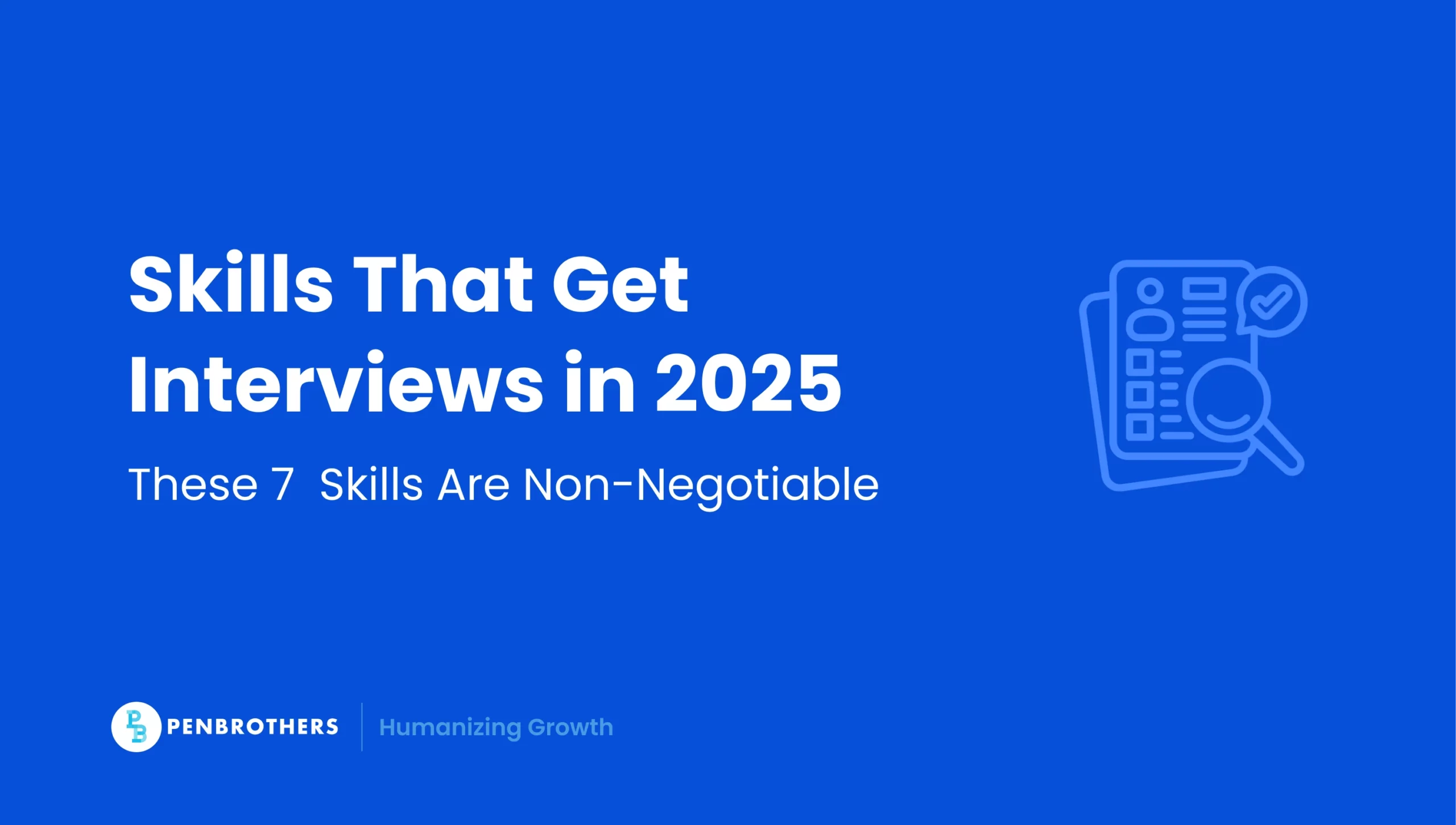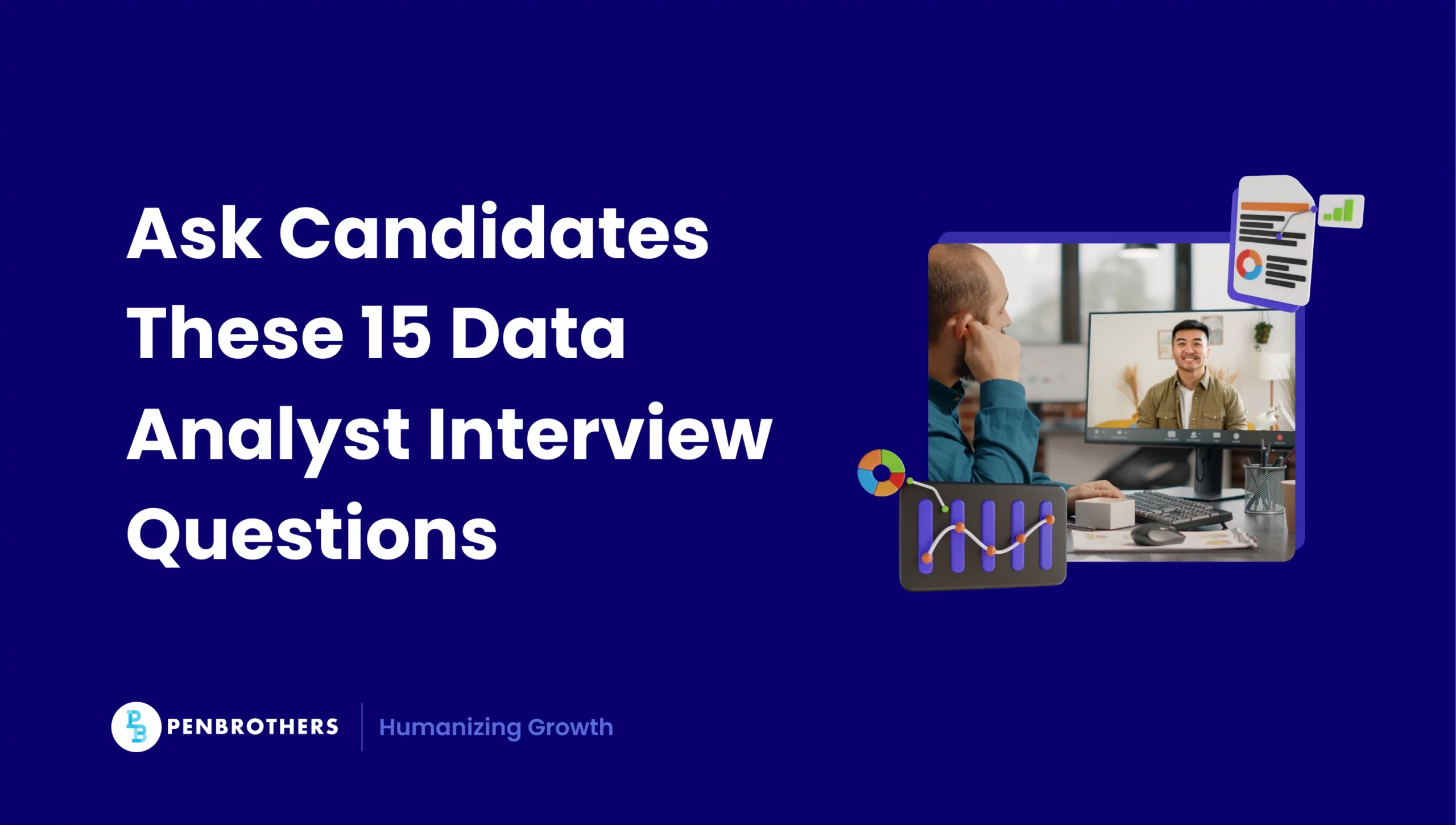What's Inside?
The Remote-First Performance Improvement Plan: A Guide to Recovery and Respectful Exits

Most performance improvement plans (PIPs) are designed to protect the employer, not to genuinely help the employee succeed. In remote settings, this gap is even wider. A lack of casual conversations, delayed feedback, and poor signal visibility often results in PIPs that feel abrupt and punitive rather than corrective.
This guide isn’t about downloading another HR template. It’s about helping remote teams use PIPs as high-impact tools to drive genuine performance recovery or, when needed, to navigate exits that are legally sound and ethically handled.
Key Takeaways
- A Tool for Recovery and Clarity, Not Just a Path to Termination: A well-constructed Performance Improvement Plan (PIP) is a structured, supportive tool designed to give an underperforming employee absolute clarity on expectations and a final, genuine opportunity to improve and succeed in their role.
- Remote PIPs Require a More Deliberate and Outcome-Focused Approach: In a remote setting where informal feedback is rare, a PIP requires greater precision. It must be based on objective, documented evidence and focus on measurable outcomes and deliverables rather than traditional in-office metrics like attendance.
- A PIP Should Never Be a Surprise: A core principle of a fair and effective process is that a formal PIP should be the final step after previous, documented feedback has been given. A “pre-PIP conversation” should be held first to signal the performance issue and set a checkpoint before escalating to a formal plan.
- It Serves a Dual Purpose for Both Employee and Employer: A PIP has two critical functions. For the employee, it is their last and best chance to realign with the company’s expectations. For the employer, it is the final, documented step in a fair process that ensures that if termination becomes necessary, it is legally sound and defensible.
What a PIP Really Is (And What It’s Not)
Without physical cues and spontaneous feedback, remote employees may not even know they’re underperforming until the PIP lands in their inbox. That’s why tone, intention, and clarity in the structure matter more than ever.
In remote contexts, your PIP isn’t just a document. It’s your last shot at rebuilding trust or protecting both parties from avoidable fallout.
From the employee’s perspective, a PIP often feels like a formal warning that their job is on the line. It can create significant anxiety. Acknowledging this from the outset is critical. The goal isn’t to create fear but to provide a structured, supportive path forward, even if the conversations are difficult.
Related: 12 Best Recruitment Agencies for Finding Top Talent
What Is the PIP Process in HR?
While the specifics can vary, the architecture of a formal performance improvement plan follows a clear, defensible structure. It’s a systematic process, not an arbitrary event.
Here’s the typical flow:
- Verbal and Written Warnings. The process doesn’t start with the PIP. It begins with prior documented feedback—1:1 notes, emails, or informal warnings where performance gaps were first identified and discussed. A PIP should never come as a complete surprise.
- Drafting the Document. The manager, in partnership with HR, drafts the plan. This document identifies specific, measurable performance gaps; outlines clear, achievable goals (SMART goals); defines a timeline (typically 30, 60, or 90 days); and lists the resources and support that will be provided.
- The PIP Meeting. The manager and an HR representative meet with the employee to deliver the plan. The goal here is clarity and acknowledgment. The conversation focuses on the “what” and the “how,” ensuring the employee understands the expectations and signs the document to confirm they’ve received it.
- Regular Check-ins. This is the most critical phase. Consistent, scheduled check-ins (often weekly) are used to monitor progress, provide feedback, and adjust tactics. For remote teams, these must be structured and documented meticulously.
- Conclusion. At the end of the timeline, a final meeting is held. The outcome is one of two options: successful completion and a return to good standing, or a failure to meet the plan’s objectives, which typically leads to termination.
The Invisible Triggers of Remote Underperformance
Remote underperformance often hides behind busyness and digital presence. Many teams focus on missed tasks when the real issues lie deeper: misaligned expectations, silent blockers, or unclear deliverables across too many tools.
A strong PIP surfaces root causes, not symptoms. Start documenting specific, objective behavior patterns. What this comes down to is evidence, not interpretation. Track things like:
- Quality of Work: Link to specific documents or deliverables that did not meet the stated requirements, with brief notes on what was missing.
- Missed Deadlines: Note the project, the original due date, and the actual delivery date.
- Communication Gaps: Reference specific instances of unanswered emails or Slack messages after a reasonable timeframe (e.g., ‘Question about Project X sent on Monday at 10 AM, no response by Wednesday EOD’).
This makes the PIP both fair and targeted.
By identifying these hidden triggers early, you create performance plans that solve problems at the source, rather than penalizing symptoms.
Before the PIP: The Pre-PIP Conversation Most Managers Skip
One of the most damaging oversights in remote performance management is failing to have a clear, compassionate pre-PIP conversation. Many remote workers believe “no news is good news,” so formal feedback often feels like a rug pull.
Use this three-step model:
- Signal the behavior pattern.
- Support their perspective.
- Set a checkpoint to revisit outcomes before formalizing the plan.
This proactive step not only boosts morale but also gives managers a compliance-safe, people-first way to resolve performance issues before escalation.
Related: Why Hiring Filipino Talents is Gaining Global Traction
How to Design a Remote-First PIP That Actually Works
Designing a remote-first PIP means shifting away from in-office performance proxies (like attendance or meeting airtime) and toward outcome ownership, structured visibility, and mental energy management.
- Visibility Anchors: Clarify what “being visible” means, deliverables submitted, async comments logged, and the like.
- SMART Goals with Output Focus: Don’t track hours. Track ownership and delivered value.
- Accountability Infrastructure: Use Trello, Notion, or Slack rituals to create transparency.
- Respect Remote Energy: Blend async check-ins with emotional pulse reads.
When performance plans reflect how remote teams actually work, they’re far more likely to succeed.
Compliance + Culture: Protecting the Company Without Creating Fear
Many companies over-correct toward legal coverage and lose employee trust in the process. But compliance doesn’t have to cancel out culture. In remote setups, the right language, tools, and tone keep both safe.
Here’s how:
- Secure digital signatures (Adobe Sign, DocuSign).
- Use neutral, constructive language.
- Keep all communication channels auditable but human.
A compliant PIP should never read like a legal trap. It should feel like a structured opportunity, especially in environments where psychological safety is fragile.
Because employment laws differ significantly by country and state, always consult with local legal counsel or your HR department to ensure your performance improvement plan process is fully compliant.
Related: How to Manage Your Remote Team in the Philippines
Dealing with Resistance or Detachment in Remote PIPs
Resistance in a PIP doesn’t always look like confrontation—it often shows up as silence. In remote teams, employees might disengage quietly: missing check-ins, offering minimal replies, or avoiding discussion.
Counter this by changing how you engage:
- Switch communication mediums.
- Bring in a neutral third party to rebuild trust.
- If detachment continues, document consistently and prepare for a structured exit.
Spotting resistance early and adjusting the approach can preserve the relationship, or at the very least, prevent a messy and non-compliant termination.
Does a PIP Lead to Termination?
Let’s be direct: a performance improvement plan can lead to termination, and it often serves as the final, formal documentation required to protect the company legally.
But to view it only as a path to an exit is a mistake. The core issue is whether the PIP is being used as a genuine recovery tool or a procedural formality. A well-constructed plan, created in good faith, offers a real opportunity for an employee to succeed. It provides something that may have been missing: absolute clarity on what’s expected and a structured path to get there.
In essence, a PIP has two functions:
- For the employee: It is the last, best chance to realign with the company’s expectations and save their job.
- For the employer: It is the final step in a fair process, ensuring that if termination is necessary, it is legally sound and defensible.
The outcome isn’t predetermined. It’s dictated by the employee’s performance within the defined timeline.
Should I Quit If I Get Put on a PIP?
Receiving a performance improvement plan forces a strategic decision. Resigning immediately might feel like taking back control, but it’s rarely the best first move. From my perspective, the decision depends on your assessment of the situation.
What this comes down to is a cost-benefit analysis of your career capital.
Consider staying and working through the PIP if:
- The feedback is fair. You recognize the performance gaps identified in the plan, and the goals seem challenging but achievable.
- You believe in the company. You are still aligned with the mission and see a future for yourself if you can move past this.
- You have a supportive manager. The plan is delivered constructively, and you believe your manager genuinely wants you to succeed.
Consider looking for a new role (and potentially resigning) if:
- The plan is designed for failure. The goals are unrealistic, the timeline is impossible, or the metrics are subjective. This can be a sign of “managing out,” where the company is simply checking a box.
- The trust is broken. The PIP feels like a personal attack, or the relationship with your manager is beyond repair.
- You were already disengaged. The PIP is simply a symptom of a larger misalignment. You’ve already mentally checked out, and this is the final push.
Don’t make an emotional decision. Use the time provided by the PIP to assess the situation, document everything, and start exploring your options privately. Whether you stay or go, your next move should be a calculated one.
How to Conclude a Remote PIP: Reintegrate or Release
A successful PIP should always end with clarity, whether that means welcoming someone back stronger or parting ways cleanly. Reintegration needs planning; so does exit.
If they improve:
- Offer tactful public recognition.
- Gradually shift back to normal 1:1 cadence.
- Provide a 30-day buddy or coach to support sustained success.
If not:
- Use a final report and documented digital trail to ensure compliance.
- Include signed docs, meeting summaries, and recordings (with consent) to avoid legal gaps.
Remote or not, a PIP’s conclusion should be rooted in clarity, respect, and traceability.
Remote-First PIP Template (With Behavioral Insight Fields)
Most PIP templates are rigid, input-focused, and designed for in-office dynamics. Our remote-first version includes behavioral intelligence layers that make it work in distributed setups.
What’s inside:
- Visibility anchors
- Communication preferences
- Async friction points
- Support preferences (peer coaching, autonomy, mentoring)
This isn’t just a template. It’s a tool to create real alignment in remote environments.
Download Remote-first PIP Template
Final Thoughts: PIPs Are a Culture Test, Not Just a Policy
How your company handles performance issues speaks louder than any values deck. A well-run PIP reflects trust, fairness, and maturity. It shows your culture isn’t about perfection. It’s about clarity, feedback, and accountability.
Done right, a PIP becomes a reset button. Whether for performance recovery or graceful exits, it’s a test of your company’s integrity under pressure. If you’re considering building a reliable team, here’s some feedback from Spotship’s co-founder:
Frequently Asked Questions
A PIP is a formal, documented process used to address and correct an employee’s underperformance. It clearly outlines the specific performance gaps, sets measurable goals for improvement, defines a timeline for achieving those goals (typically 30, 60, or 90 days), and details the support the company will provide.
Not necessarily, but it is a serious and often final step. A well-designed PIP offers a genuine opportunity for an employee to improve their performance and return to good standing. However, it also serves as the formal documentation required to proceed with a legally defensible termination if the employee fails to meet the plan’s objectives.
The most critical phase is the period of regular, documented check-ins after the plan has been implemented. Consistent, scheduled meetings (often weekly) are essential for monitoring progress, providing timely feedback, and making any necessary adjustments. This is especially important for remote employees.
Resigning immediately is rarely the best first move. You should evaluate the situation objectively. Consider staying and working through the plan if the feedback provided is fair and your manager seems genuinely supportive. You might consider looking for a new role if the goals seem unrealistic or designed for failure, or if the trust with your manager is completely broken.
A remote-first PIP must be designed differently to be effective. It needs to focus on measurable outcomes and deliverables that can be tracked through digital tools, rather than on in-office metrics like physical presence or time spent online. It also needs to be extra clear and well-documented, as the lack of in-person interaction can lead to misunderstandings.
*This article was crafted with the support of AI technology and refined by a human editor.





